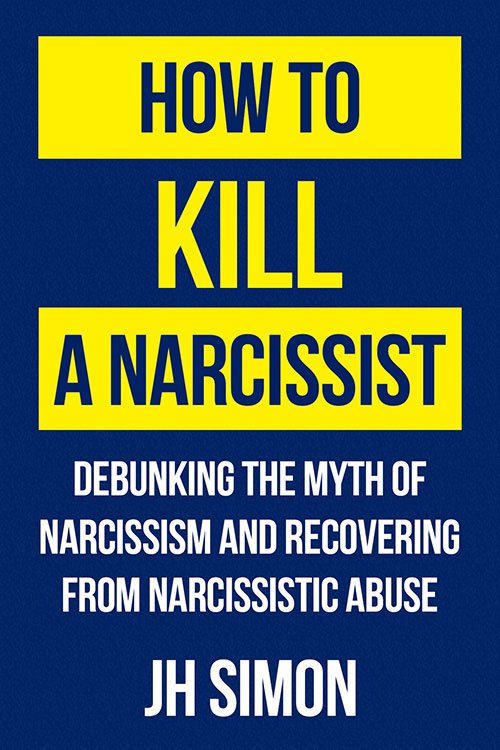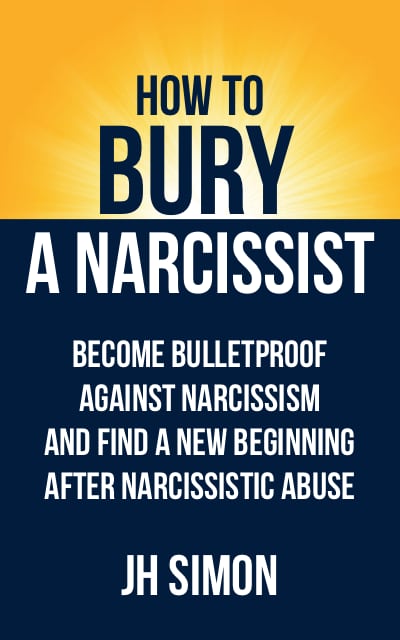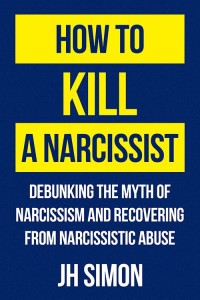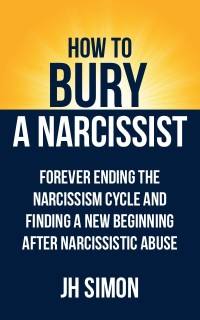A narcissistic relationship begins in a utopian state of wonder and bliss, before devolving into a hellscape of ritualistic humiliation, rejection and abuse. As the months pass, the narcissist’s attitude grows colder, their comments more biting, and their abuses more painful. Even the sex can become rougher and more crude.
As the target’s self-esteem plummets from their negative treatment, the narcissist amps up the abuse into a sadistic fervour, which further erodes the target’s self-esteem, hence reinforcing the cycle.
This raises the question: If someone treats you so badly and disrespectfully, why not just walk away?
Those who know what a trauma bond is understand why a target puts up with abuse. Those who know what a sunk-cost fallacy is understand that the more the target invests, the more likely they are to remain, hoping for an eventual return on their investment. The target’s (magical) reasoning is that the more love they show the narcissist, the more it will heal them both and lead to a happy ending. To the outside observer, however, the target seems like a masochist begging for pain. And in some ways, they would be right.
Welcome to the sado-masochistic world of the narcissist.
Venturing Into The Darkness
So what gives? Why does a narcissist devolve into emotional, sexual and physical sadism? What is fuelling this horrible behaviour? And long before the target invested their mind, body, soul and finances into the relationship, long before the trauma bond set in, why did the target accept the punishment doled out by the narcissist?
The answer lies in two places: The narcissist’s u...















